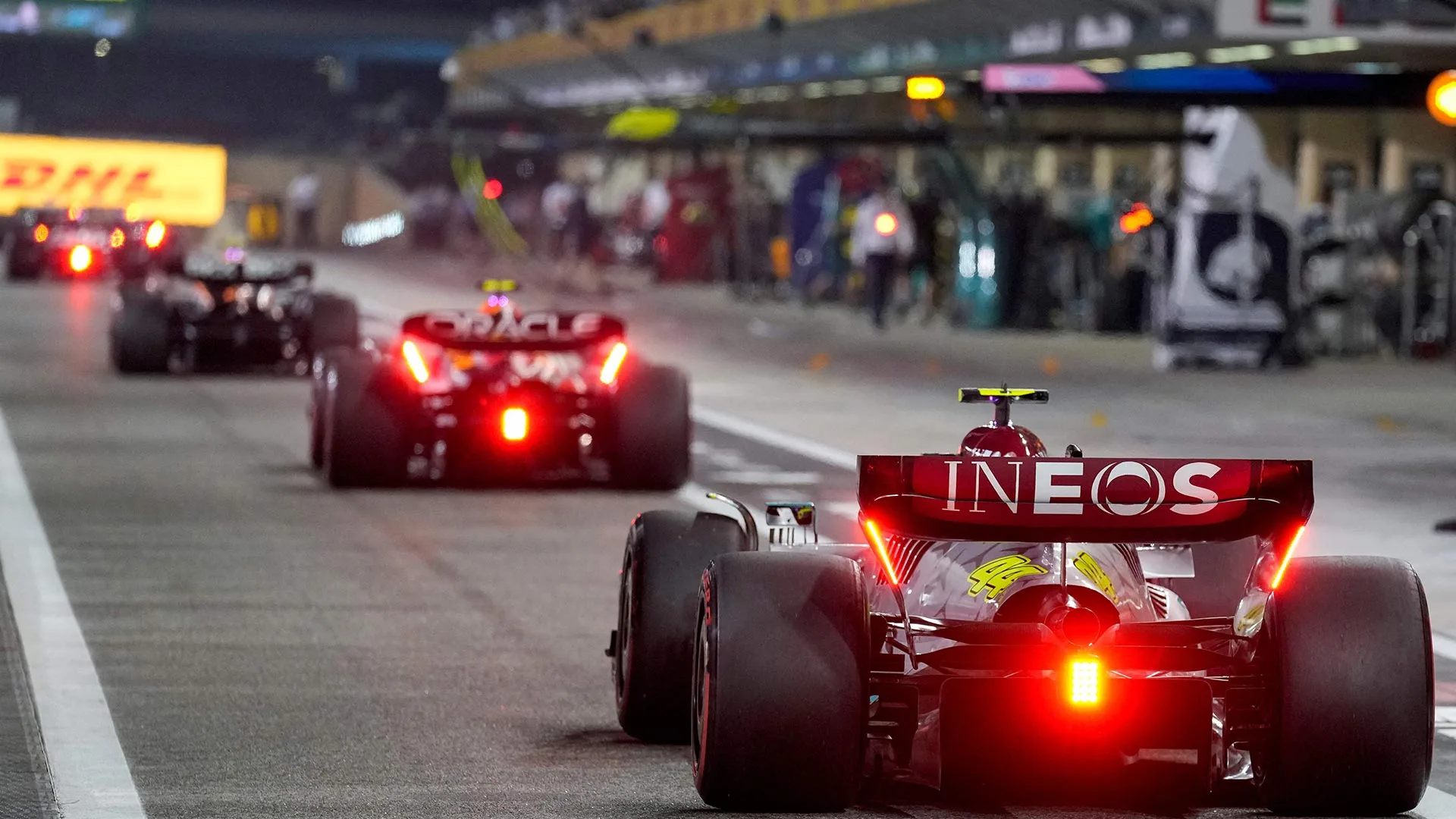Formula 1 (F1) racing is one of the most popular and exciting motorsports in the world, with millions of fans tuning in to watch the races each year. F1 is a global competition that takes place over several months, with drivers and teams competing in races across the globe. High speeds, advanced technology, and intense competition are hall marks of F1.
F1 racing has a rich history that dates back to 1950, when the first World Championship race was held. Since then, the sport has grown in popularity and prestige, attracting some of the best drivers and teams in the world. Today, F1 racing is a multi-billion-dollar industry that generates significant revenue for teams, sponsors, and host countries. The sport is innovative, with teams constantly pushing the boundaries of technology and design to gain an edge over their rivals.
Whether you’re a die-hard fan or a casual observer, F1 racing is a sport that is sure to captivate and thrill. From the high speeds and intense competition to the cutting-edge technology and rich history, there’s something for everyone in this exciting and dynamic sport.
History of F1 Racing
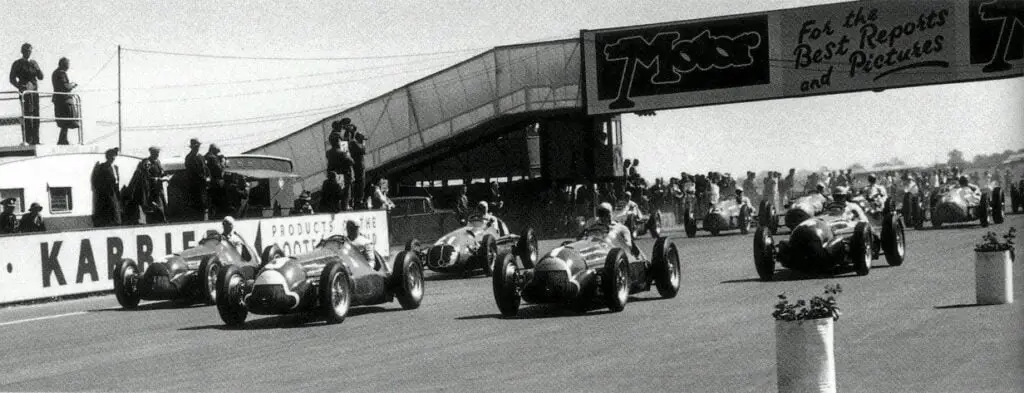
Formula One (F1) racing has a rich history that dates back to the early 20th century. The modern F1 began in 1946 with the standardization of rules by the Fédération Internationale de l’Automobile (FIA), followed by the first World Championship of Drivers in 1950.
F1 racing is traces its hirtory to the European Grand Prix championships of the 1920s and 1930s. The formula consists of a set of rules that all participants’ cars must follow. The first non-championship races took place in 1946. Silverstone is the site of the first official F1 race in 1950.
Over the years, F1 racing has evolved significantly, with technological advancements leading to faster and safer cars. The sport has also become more global, with races held in countries all over the world.
F1 has seen many legendary drivers, including Michael Schumacher, Ayrton Senna, and Juan Manuel Fangio, who have won multiple championships and left an indelible mark on the sport.
Despite its popularity, F1 racing has also faced controversy, including safety concerns, accusations of favoritism, and political issues. However, the sport has continued to thrive, attracting millions of fans worldwide and remaining one of the most exciting and prestigious forms of motorsport.
F1 Racing Regulations
F1 Racing – Race Format
The F1 race format consists of three stages: practice, qualifying, and the race. During practice, teams and drivers have a chance to test their cars and get familiar with the track.
In qualifying, drivers compete to set the fastest lap time, which determines their starting position for the race. The race itself is typically around 300 km in length and lasts for approximately two hours.
F1 Racing Scoring System
The F1 scoring system awards points to drivers based on their finishing position in the race.
| Position | Points |
|---|---|
| 1st | 25 |
| 2nd | 18 |
| 3rd | 15 |
| 4th | 12 |
| 5th | 10 |
| 6th | 8 |
| 7th | 6 |
| 8th | 4 |
| 9th | 2 |
| 10th | 1 |
There are also bonus points available for the driver who sets the fastest lap time during the race and for the driver who finishes in the top three positions during qualifying.
F1 Racing – Safety Measures
Safety is a top priority in F1 racing, and there are numerous regulations in place to ensure the safety of drivers and spectators.
Cars must meet strict safety standards, including crash testing and the use of safety features such as roll cages and fire extinguishers. Drivers must wear fireproof suits, helmets, and other safety gear.
There are strict rules governing on-track behavior to prevent accidents. In the event of an accident, medical teams are on hand to provide immediate assistance to drivers.
F1 racing regulations ensure fair competition and the safety of all involved. Teams and drivers must adhere to these regulations to compete in F1 racing, and failure to do so can result in penalties or disqualification.
F1 Racing Teams
Formula 1 is a sport that is known for its intense competition between teams. In the 2023 season, there are a number of teams that are vying for the top spot.
Among them, Ferrari, Mercedes, McLaren, Astin Martin, and Red Bull Racing are some of the most prominent names.
Ferrari
Ferrari is one of the most iconic teams in the history of Formula 1. The team has won a total of 16 constructor championships and 15 driver championships. In the 2023 season, Ferrari is fielding two drivers, Carlos Sainz and Charles Leclerc.
The team is hoping that these two drivers will be able to help them secure another championship.
Mercedes
Mercedes is another team that has a rich history in Formula 1. The team has won a total of 8 constructor championships and 8 driver championships.
In the 2023 season, Mercedes is fielding two drivers, George Russell and Lewis Hamilton.
The team is hoping that these two drivers will be able to continue their winning streak and secure another championship.
Red Bull Racing
Red Bull Racing does not have the same history as Ferrari and Mercedes. However, the team has already made a name for itself in the sport. The team has won a total of 4 constructor championships and 4 driver championships. In the 2023 season,
Red Bull Racing is fielding two drivers, Max Verstappen and Sergio Perez. The team is hoping that these two drivers will be able to help them secure another championship.
Overall, the 2023 season is shaping up to be an exciting one for Formula 1 fans. With teams like Ferrari, Mercedes, and Red Bull Racing competing for the top spot, there is sure to be plenty of action on the track.
F1 Racing – Famous Drivers
Lewis Hamilton – The Greatest Driver Ever?
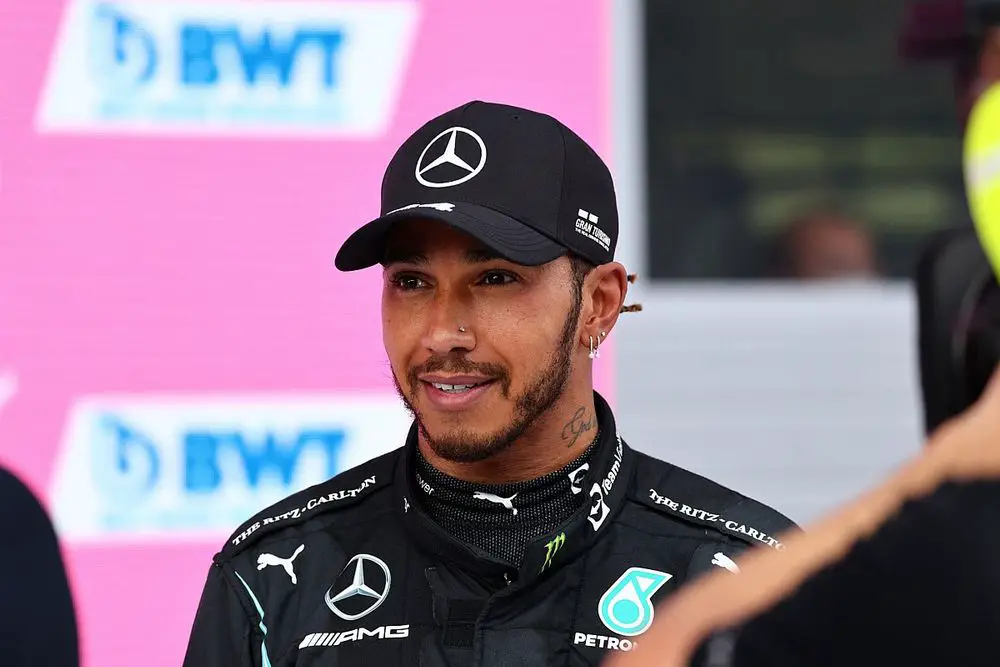
Lewis Hamilton is a British racing driver who has won seven Formula One World Championships. He is one of the greatest drivers in the history of the sport.
Hamilton made his F1 debut in 2007 with McLaren and won his first championship in 2008. He has since won six more championships with Mercedes. Hamilton holds numerous records in F1, including the most pole positions and the most career points.
Stirling Moss – The Greatest Driver to Have Never Won the Championship
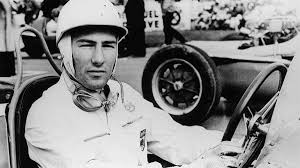
Stirling Moss was a British racing driver who competed in F1 between 1951 and 1961. He never won a championship but is still hailed as one of the greatest drivers of all time.
He won 16 Grand Prix races and finished as the championship runner-up four times. Moss was aggressive driving style and as able to win races in a variety of cars.
Michael Schumacher – The Second Greatest Driver of All Time?

Michael Schumacher is a retired German racing driver who won seven F1 World Championships. He is one of the greatest drivers in the history of the sport.
Schumacher made his F1 debut in 1991 with Jordan and went on to win his first championship with Benetton in 1994.
He later won five championships in a row with Ferrari. Schumacher holds numerous records in F1, including the most championships, the most race wins, and the most fastest laps.
Ayrton Senna – The Greatest F1 Driver
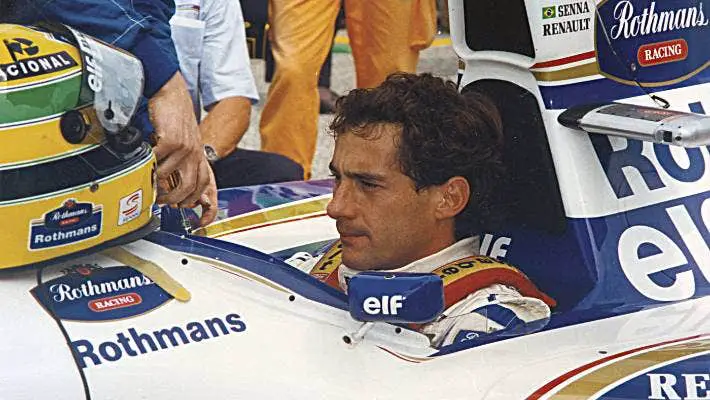
Ayrton Senna was a Brazilian racing driver who won three F1 World Championships before his tragic death in 1994. He is also one of the greatest drivers in the history of the sport.
Senna made his F1 debut in 1984 with Toleman and won his first championship with McLaren in 1988. He later won two more championships with McLaren.
Senna was intensely focussed and could extract the maximum performance from his car.
Jackie Stewart -The Flying Scot
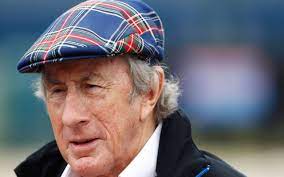
Jackie Stewart is a retired Scottish racing driver who won three F1 World Championships. He is another who contends for the the title of greatest drivers in the history of the sport.
Stewart made his F1 debut in 1965 with BRM and won his first championship with Matra in 1969. He later won two more championships with Tyrrell.
Stewart has extensive technical knowledge and ability to set up his car for maximum performance.
Max Verstappen – The Dutch Wonder

Max Verstappen is a Dutch racing driver who competes for Red Bull Racing. He is an up-and-coming star who may exceed the other drivers’ achievements.
Verstappen made his F1 debut in 2015 with Toro Rosso and won his first race with Red Bull in 2016. He won numerous races and two world championships.
Sebastian Vettel
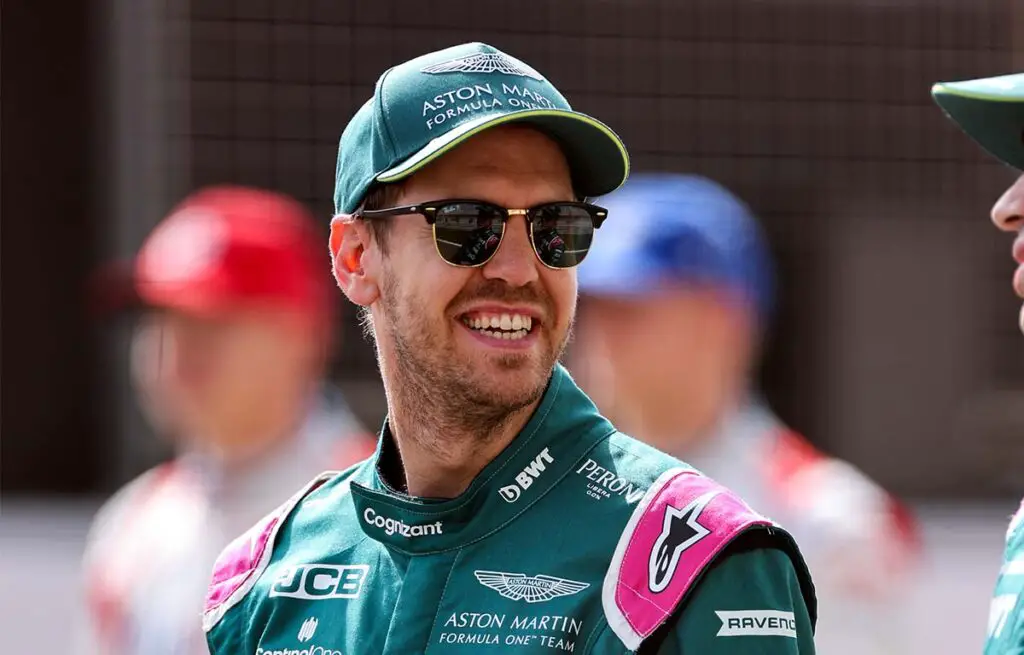
Sebastian Vettel is a German F1 driver who has won four F1 World Championships. He is one of the greatest drivers of his generation.
Vettel made his F1 debut in 2007 with BMW Sauber and won his first championship with Red Bull in 2010. He later won three more championships with Red Bull.
Vettel is known for his technical knowledge and his ability to work closely with his team to develop a winning car.
F1 Racing Circuits
Formula One racing is the pinnacle of open-wheel racing, and as such, it requires the most challenging and demanding circuits in the world.
These circuits test the drivers’ skills and push the cars to their limits. Here are three of the most iconic circuits in the world of F1 racing.
Monaco Grand Prix
The Monaco Grand Prix is one of the most prestigious and challenging races in the world of F1 racing. The circuit is located in the heart of Monaco and is known for its narrow streets, tight corners, and high-speed straights.
Monaco is only 3.34 km long and consists of 19 turns. The circuit is so tight that it is almost impossible to overtake, and the drivers have to be extremely precise and focused to avoid crashing into the barriers.
The race is held annually in May and is one of the most popular events in the F1 calendar.
Silverstone Circuit
The Silverstone Circuit is located in Northamptonshire, England, and is the home of the British Grand Prix. The circuit is 5.891 km long and consists of 18 turns.
Silverstone is known for its fast corners, long straights, and challenging chicanes. The circuit is one of the oldest in the F1 calendar and has a rich history.
The circuit has undergone several changes over the years, but it still remains one of the most challenging and exciting circuits in the world of F1 racing.
Circuit de Spa-Francorchamps
The Circuit de Spa-Francorchamps is located in the Ardennes region of Belgium and is one of the most challenging circuits in the world of F1 racing.
Spa is 7.004 km long and consists of 19 turns. The circuit is known for its fast corners, long straights, and challenging elevation changes. The circuit is also known for its unpredictable weather conditions, which can make the race even more challenging and exciting. T
he circuit is one of the oldest in the F1 calendar and has a rich history. The circuit has undergone several changes over the years, but it still remains one of the most iconic and challenging circuits in the world of F1 racing.
In conclusion, F1 racing circuits are some of the most challenging and exciting circuits in the world of motorsports.
The Monaco Grand Prix, Silverstone Circuit, and Circuit de Spa-Francorchamps are just a few examples of the iconic circuits that make up the F1 calendar. These circuits are designed to test the drivers’ skills and push the cars to their limits, and they are a true testament to the sport of F1 racing.
Technological Advances in F1
Formula 1 racing has always been at the forefront of technological innovation. With the aim of improving performance and safety, F1 teams have been pushing the boundaries of what is possible with cutting-edge technology.
In this section, we will take a closer look at some of the technological advances in F1.
Power Units
The power unit is the heart of an F1 car, and it has undergone significant changes in recent years. The current power unit is a hybrid system that combines a 1.6-liter V6 turbocharged engine with an energy recovery system (ERS).
The ERS harvests energy from the car’s braking system and exhaust gases and stores it in a battery. This energy can then be used to boost the car’s performance, giving it an extra burst of speed when needed.
The current power unit is much more efficient than its predecessors, delivering more power with less fuel. This not only makes the cars faster, but it also reduces their environmental impact.
Aerodynamics

Aerodynamics plays a crucial role in the performance of an F1 car. The shape of the car and the way air flows over and around it can have a significant impact on its speed and handling.
F1 teams use wind tunnels and computational fluid dynamics (CFD) to optimize the aerodynamics of their cars.
One of the most significant aerodynamic advancements in recent years has been the introduction of the halo. The halo is a safety device that is designed to protect the driver’s head from flying debris. It consists of a titanium structure that is mounted above the cockpit and extends around the driver’s head.
While it may affect the aerodynamics of the car, the safety benefits are undeniable.
Data Analysis
F1 teams collect vast amounts of data during each race, including information about the car’s performance, the driver’s actions, and the track conditions.
This data is analyzed in real-time to help the team make decisions about strategy and setup.
One of the most significant technological advancements in data analysis has been the introduction of machine learning and artificial intelligence (AI).
These technologies allow teams to analyze data more quickly and accurately, identifying patterns and trends that may not be immediately apparent to human analysts.
In conclusion, technological advances have played a significant role in the evolution of F1 racing. From power units to aerodynamics to data analysis, F1 teams are always looking for ways to improve performance and safety.
As technology continues to advance, we can expect to see even more exciting developments in the world of F1 racing.
Future of F1 Racing
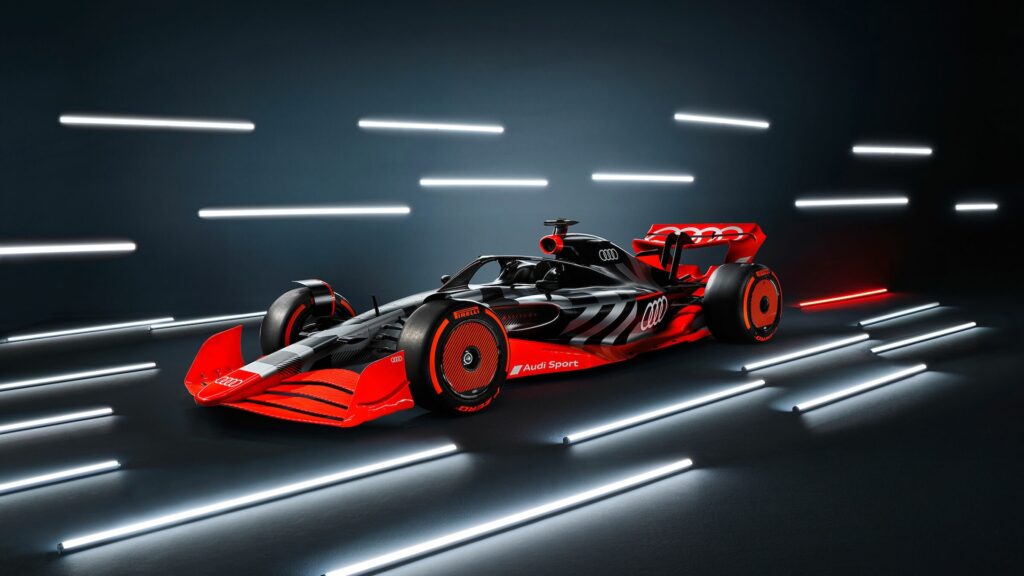
Formula 1 has always been at the forefront of technological advancements in the world of motorsports. With the sport continuously evolving, the future of F1 racing looks promising.
The FIA and the teams have been working together to create a Formula 1 car for 2026 that delivers better racing, is more environmentally friendly and has the looks to match. The design will continue to evolve over the next year, but the concepts that will shape F1’s future have already been released.
One of the most intriguing aspects of the recent takeover of F1 is how its new owners, Liberty Media, will expand the sport.
The current calendar consists of 23 races, but Liberty Media has expressed interest in expanding the calendar to 25 races in the future. This move would not only increase the sport’s global reach but also provide more opportunities for drivers and teams to compete.
Another area that F1 is looking to improve is sustainability. The FIA has set a target of achieving carbon neutrality by 2030, and F1 is working towards this goal. The introduction of hybrid engines in 2014 was the first step towards sustainability, and the sport is now looking to go even further. F1 is exploring the use of biofuels, and the teams are also working on reducing their carbon footprint.
In terms of technology, F1 is always pushing the boundaries. The sport is exploring the use of augmented reality to enhance the fan experience.
This technology could allow fans to watch the race from different perspectives, including a driver’s point of view. F1 is also looking to implement 5G technology to improve communication between the teams and the drivers.
Conclusion
Overall, the future of F1 racing looks bright. The sport is continuously evolving, and the FIA and the teams are working together to create a better racing experience for everyone involved. With the introduction of new technologies and a focus on sustainability, F1 is set to remain at the forefront of motorsports for years to come.

